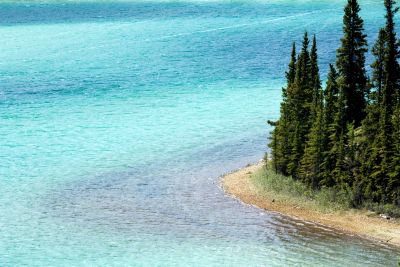When you go for a snorkeling adventure, your best piece of equipment is your snorkeling mask. When you go out there in the waters, you want to see and absorb as much as you can; you need a mask that can make that possible. Some leaky or blurred mask can leave your adventure lackluster and a sheer waste of effort, time, and money.
How do you ensure that your mask will deliver what it is supposed to do to make your communing with the underwater world an experience worth a page in your book of “unforgettable”? Here are some ideas to remember:
- If and when you buy, go for the best quality that your budget can buy. There is definitely a wide spread of choices – brands, materials, features, and prices. It is important to be acquainted with what are out there for your picking. It is good to be cognizant of choices as well as what you can buy for your budget.
- Check out the fit of the snorkeling mask. Even if you decide to buy the cheapest with the lowest quality, it is important to buy a piece that will fit snugly on your face and can give you an airtight seal around your face and under your nose. If the mask is too wide or too tall, the fit will be less than perfect and water can seep through the sides filling the space in the mask. That will totally be uncomfortable.
- There are two kinds of skirt that makes the seal around your face, the plastic, and the silicone. The plastic makes a poor seal; the silicone is a durable and, therefore, preferable material. If the budget can’t suffice, go for a mask with plastic skirt and work for a silicon upgrade later. Photographers who do not want stray light that make looking through the camera viewfinder difficult prefer a black skirt. A black skirt, however, tends to lessen the peripheral vision.

- The mask lens needs to be made with resistant glass. There are several options as to the number of lenses from a single piece to four. These can affect how you view the marine life, but choosing must depend more on the fit. Choose a lens only if the fit is snug. There are masks with single lens that can leave less room for your nose bridge. A bigger nose can have a better fit with split or double lens mask. Three to four lens masks are those with lenses on the sides that widen your peripheral vision allowing you to see things like you are not wearing a mask at all. If you want a lightweight and low volume mask, you can pick a frameless mask. If you wear graded spectacles, you might prefer to use prescription masks to enjoy the experience better. There are manufacturers that can customize your mask with prescription lens.
- It is also better to choose low volume masks that offer less air in the mass, better fit and that is easier to purge. High volume masks have more air inside and more buoyant. This is a concern more for divers than for snorkelers.
- Straps and strap buckles are mostly made from silicone these days. If the strap of your snorkeling mask is still the traditional type, upgrade it into silicone. This helps to keep your mask in place.
- A mask may or may not have a purge valve. This is located in the nose pocket and functions in the easy blowing out of water that gets inside the mask. Seasoned snorkelers do not mind if their masks lack this feature as one easily purges the water trapped inside the mask. One only needs to press the top of the mask and then blow out to push the water down the lower edge of the skirt. It is easily damaged so that means one must always bring an extra mask. This is also the reason why many avid snorkelers prefer the ones without a purge valve.
Do you know that with deftness, you can snorkel with just a snorkeling mask? Of course it will be less comfortable, but possible. This speaks how important this gear is for snorkeling enthusiasts.
Even if you decide to buy the cheapest with the lowest quality, it is important to buy a piece that will fit snugly on your face.

